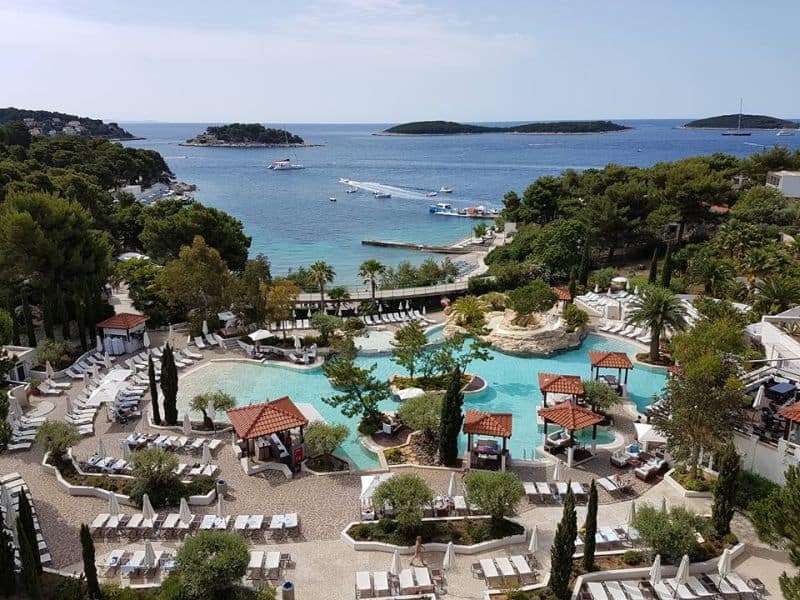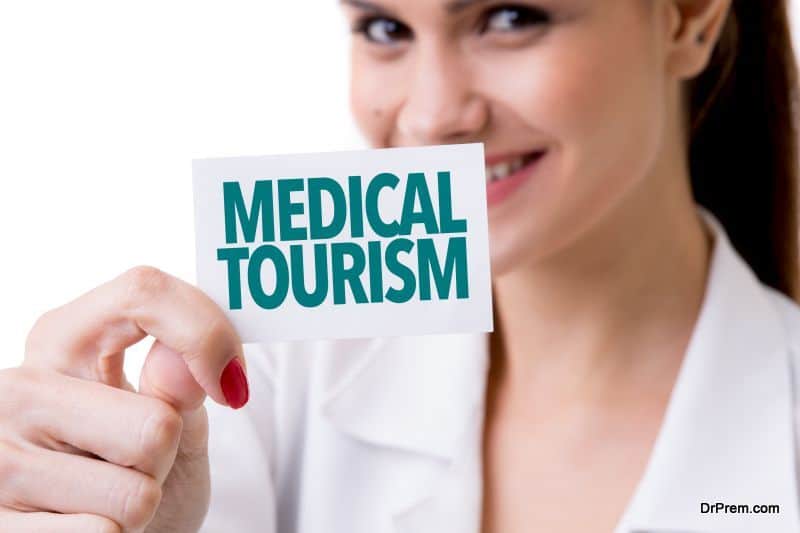The significance of visiting destinations with high medicinal value dawned early among the Europeans. According to the historical evidence, the ancient Greeks started installing a complete accessibility of facilities that had aided tourists in their quest for healthcare solutions away from home. The temple of Asclepias as an attribute to Asclepius, the Greek god of medicine had become the first iconic healthcare center ever.
During the 16th century, the affluent European community had discovered the miraculous therapeutic worth of Roman baths and they rushed to health spas like St Moritz, Baden Baden, Ville D’ Eaus, Aachen and Bath in England. These destinations where the fountains of life were concentrated won regal sponsorship and went viral throughout the world even in a time when the grapevine of communication operated rather slowly.
Hvar – popular as the Austrian Madeira:

The seductive ambience and wonderful balmy sunshine of Hvar have much to do with a surge in its popularity as a healthcare resort and further developments where the government had poured money and patronage had been an additional impetus.
Establishment of the Hvar Health Society:

After much deliberation and receipt of official clearance from eminent physicians, it was concluded that there is no better place nearby for recuperation of chest disorders. In terms of its climatic conditions and a pristine environment, Hvar can well compete with other European health favoring cities like Venice, Pisa and Nice and in some cases even perform better than them.
Motivated by these factors working in favor of Hvar, the local patrons decided to float a joint stock company and thus Hvar Health Society was established on 15th May 1868. With it, the sapling for organized medical tourism in Europe had officially been planted.
The objective of the Health Society was to provide a gratifying tourist support so that they relish the vacation from a healthy environment benefiting their wellness. Cozy accommodations and an upgraded infrastructure were built where heavy investment was made to retain the growing clientele.
Booming of the hospitality industry:

The boom of construction was overwhelmingly high pitched keeping in view customer comfort. The first hotel in Hvar was owned and operated by the Samohod – Dubokovic family. This was a privately owned company which inaugurated the hospitality business on 15th October 1868 after a thorough makeover.
The hotel industry received a great impetus with Empress Elizabeth extending the royal patronage in construction of a new hotel by her name. She also supported the Health Society and permitted building of a clinic named The Empress Elizabeth Institution of Health.
Monetary support for a larger and cozier accommodation was in the pipeline but things progressed at a rather sluggish pace. Modeled on a blueprint drawn up in 1880, a new hotel construction was in progress on a site where the remains of a former Ducal palace had once occupied. The project was completed by 1898 and the hotel was officially opened to the public on 1st April 1899.
In 1903, the completely furnished Kur Hotel Kaiser Elizabeth boasted of 35 beds, clean bathrooms, a reading room, restaurants and coffee house in the old cloister. A bulk of the guests was from Germany, Austria, Hungary, Czech and Croatia. They were so impressed by the endeavor of the society to retain class, quality and comfort that Hvar was better known as the Austrian Madeira.
Tourism in this land saw a boom with many private players coming up with new hotels that also saw great renovations in the art gallery, bathing beaches, tennis courts and huts, which saw the maximum tourist footfalls.
The changing facets of Hvar Tourism – Emergence of recreational tourism:

The Hvar Council Trust was formed in 1931 and a new brand of tourism appeared focusing more on recreational holidays. Kur Hotel Kaiser Elizabeth was renamed Palace Hotel and the enthusiasm of its director who was also the leader of the town council saw the construction of more hotels and improved civic amenities and services.
Post Second World War, Hvar’s tourism sector suffered as the traditional tourists from West Germany and Austria stopped visiting this communist dominated land and the tourism was largely dominated by the workers’ trade unions.
Hvar Tourism again saw sunny days from 1959 due to notable initiatives in independent hotel business that marketed the destination as The Sunniest Land on the Adriatic. This was supported by several municipal backed projects which highly positioned Hvar as an ideal natural and health resort.
Hvar Tourism in independent Croatia:

It was only in 2005 that Hvar tourism received an impetus with Orco Group stepping in with great investments that helped in major renovation and up gradation of this destination encouraging other investors in tourism development.
The recent growth of global medical and wellness tourism has driven the Croatian government to look back and restore its long lost glory. The concerned ministries are undertaking appreciable efforts to project this country as the year-round destination for medical and recreational tourists eyeing a larger tourist segment. The foundation of health tourism that was laid 150 years back is expected to harvest grand fortune in the days to come.






